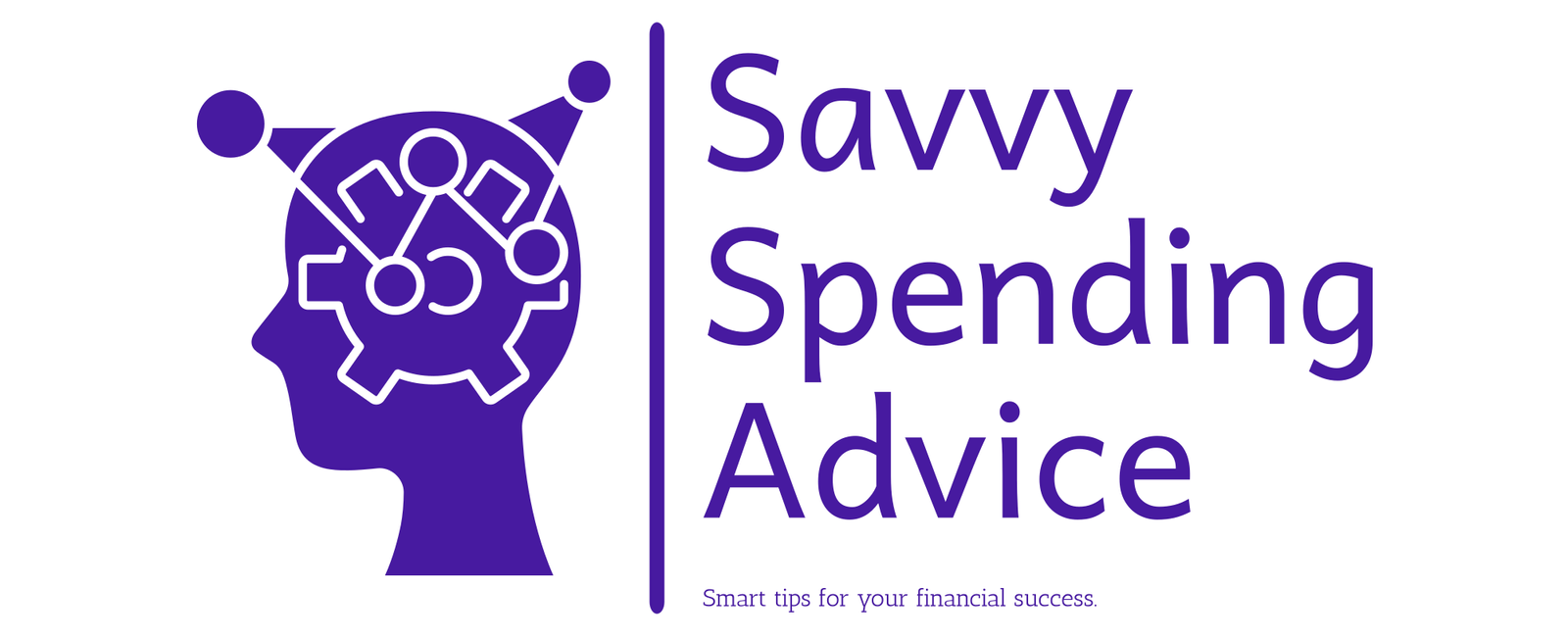Maximizing your 401(k) contributions is one of the smartest financial moves you can make to secure a comfortable retirement. A 401(k) offers tax advantages, employer matching contributions, and the potential for significant long-term growth. However, to fully benefit from your 401(k), you need to employ effective strategies and maintain a disciplined approach. This guide will provide you with valuable tips to maximize your 401(k) contributions, ensuring you build a robust retirement nest egg.
Understanding the Benefits of a 401(k)
Before diving into the tips, it’s essential to understand why maximizing your 401(k) contributions is so beneficial:
- Tax Advantages: Contributions to a traditional 401(k) are made with pre-tax dollars, reducing your taxable income. For a Roth 401(k), contributions are made with after-tax dollars, but qualified withdrawals are tax-free.
- Employer Matching: Many employers offer matching contributions up to a certain percentage of your salary. This is essentially free money that can significantly boost your retirement savings.
- Compound Growth: The money in your 401(k) grows tax-deferred, allowing your investments to compound over time. The earlier and more you contribute, the greater the potential for growth.
Tips for Maximizing Your 401(k) Contributions
- Contribute Enough to Get the Full Employer Match
- Employer Match: Ensure you contribute enough to receive the full employer match. If your employer matches 100% of your contributions up to 6% of your salary, aim to contribute at least 6%.
- Free Money: Not taking full advantage of your employer’s match is like leaving free money on the table. Maximize this benefit to boost your retirement savings.
- Increase Your Contribution Rate Gradually
- Automatic Increases: Many 401(k) plans offer an option to automatically increase your contribution rate each year. Start with a manageable percentage and gradually increase it.
- Annual Raises: Consider increasing your contributions whenever you receive a raise or bonus. Allocating a portion of your salary increase to your 401(k) can significantly enhance your savings without impacting your current lifestyle.
- Max Out Your Contributions
- Contribution Limits: For 2024, the maximum contribution limit for individuals under 50 is $19,500. If you are 50 or older, you can make an additional catch-up contribution of $6,500, bringing the total to $26,000.
- Budgeting: To max out your 401(k), budget your finances carefully. Track your expenses, reduce discretionary spending, and prioritize your retirement savings.
- Take Advantage of Catch-Up Contributions
- Age 50 and Over: If you are 50 or older, utilize the catch-up contribution option to increase your annual contribution limit. This is particularly beneficial if you started saving for retirement later in life.
- Extra Savings: Catch-up contributions provide an opportunity to significantly boost your retirement savings as you approach retirement age.
- Review and Rebalance Your Portfolio Regularly
- Portfolio Diversification: Diversify your investments across different asset classes to manage risk and maximize returns. Ensure your portfolio aligns with your risk tolerance and retirement goals.
- Regular Review: Periodically review and rebalance your portfolio to maintain your desired asset allocation. This helps you stay on track and adjust to market changes.
- Utilize Roth 401(k) Contributions
- Tax-Free Withdrawals: A Roth 401(k) allows you to make contributions with after-tax dollars, and qualified withdrawals in retirement are tax-free. This can be advantageous if you expect to be in a higher tax bracket in retirement.
- Diversified Tax Strategy: Combining traditional and Roth 401(k) contributions can provide tax diversification, offering flexibility in managing your taxable income during retirement.
- Avoid Early Withdrawals and Loans
- Penalties and Taxes: Early withdrawals from your 401(k) before age 59½ typically incur a 10% penalty and are subject to income tax. Avoid early withdrawals to preserve your retirement savings.
- Loans: While 401(k) loans may seem like an easy way to access funds, they can jeopardize your retirement savings. If you leave your job, you may need to repay the loan in full within a short period, or it will be considered a taxable distribution.
Psychological Strategies for Positive Financial Behavior
- Set Clear Retirement Goals
- Specific and Measurable: Define specific, measurable retirement goals to keep you motivated and focused. Determine how much you need to save to achieve your desired lifestyle in retirement.
- Visualization: Visualize your ideal retirement regularly. This helps reinforce the importance of maximizing your 401(k) contributions and staying committed to your savings plan.
- Automate Your Contributions
- Automatic Payroll Deductions: Set up automatic payroll deductions to contribute to your 401(k). This ensures consistent contributions without relying on manual transfers.
- Out of Sight, Out of Mind: Automated contributions make saving effortless and reduce the temptation to spend the money elsewhere.
- Track Your Progress
- Regular Monitoring: Regularly monitor your 401(k) balance and track your progress towards your retirement goals. Use online tools and retirement calculators to stay informed.
- Celebrate Milestones: Celebrate reaching significant savings milestones. Recognizing your achievements can reinforce positive financial behavior and keep you motivated.
- Seek Professional Advice
- Financial Advisors: Consult with a financial advisor to receive personalized guidance and create a comprehensive retirement plan. Advisors can help you optimize your 401(k) contributions and investment strategy.
- Educational Resources: Continuously educate yourself about retirement planning and investment strategies. Stay informed to make well-informed decisions about your 401(k).
Conclusion
Maximizing your 401(k) contributions is a crucial step in securing a financially stable retirement. By contributing enough to receive the full employer match, gradually increasing your contribution rate, maxing out your contributions, and taking advantage of catch-up contributions, you can significantly enhance your retirement savings. Additionally, regularly reviewing and rebalancing your portfolio, utilizing Roth 401(k) contributions, and avoiding early withdrawals and loans will further protect and grow your retirement nest egg.
Implementing psychological strategies such as setting clear goals, automating contributions, tracking progress, and seeking professional advice can positively influence your financial behavior and keep you on track. Start maximizing your 401(k) contributions today to ensure a comfortable and worry-free retirement. Your future self will thank you.
